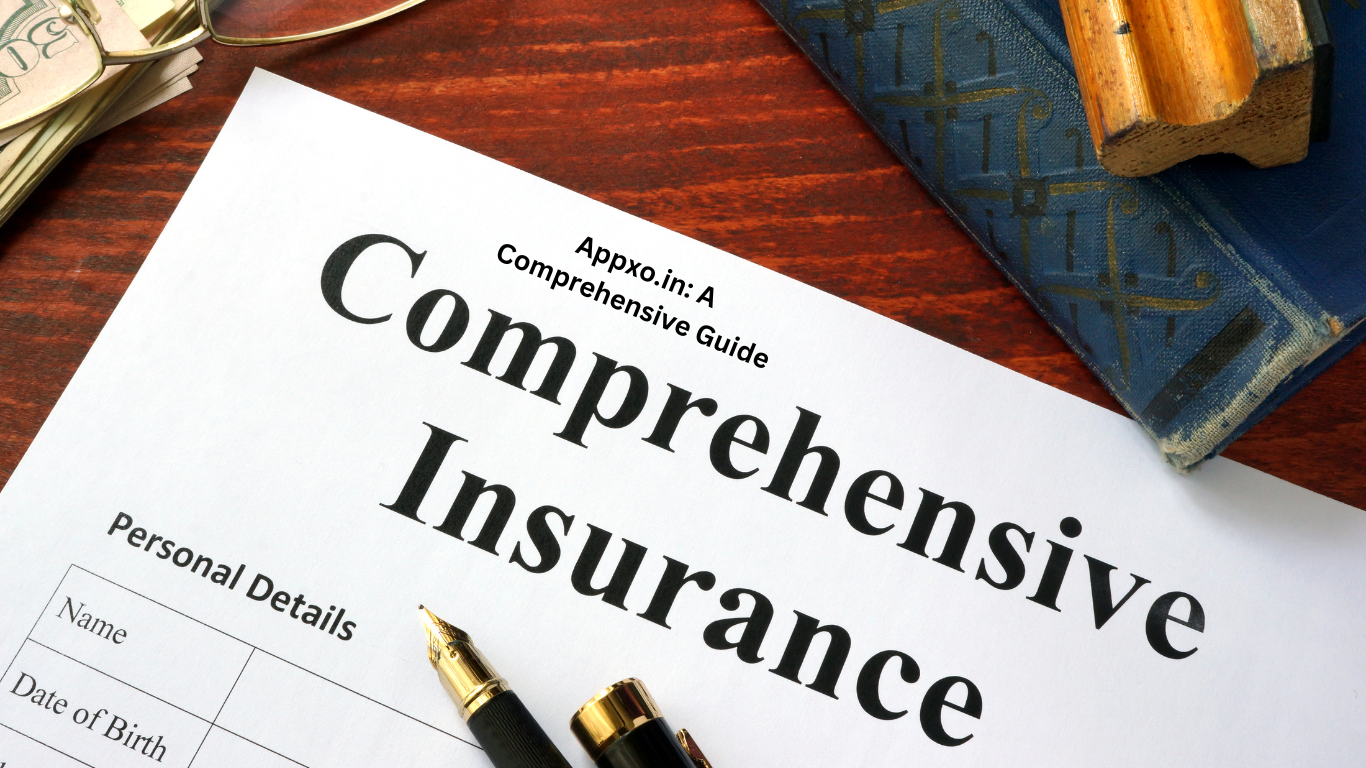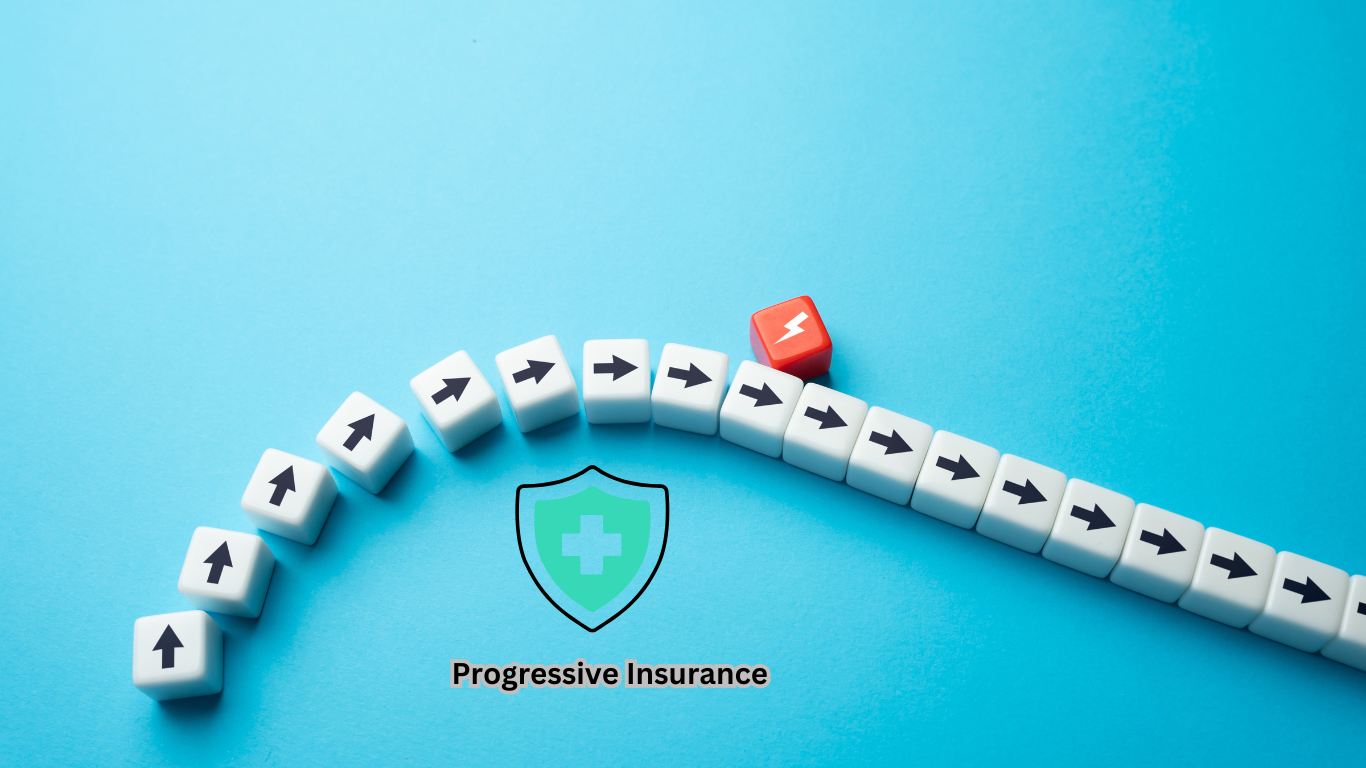Auto insurance is a crucial aspect of vehicle ownership, offering financial protection and peace of mind in the event of accidents, theft, or other unforeseen incidents. Understanding the essentials of auto insurance can help you make informed decisions, ensuring your vehicle and wallet are well-protected.
Understanding Auto Insurance Coverage
Auto insurance typically includes several types of coverage, each designed to protect different aspects of your vehicle and financial liability:
- Liability Coverage: This is mandatory in most states and covers bodily injury and property damage that you may cause to others in an accident. It ensures that if you are at fault, the victims’ medical expenses and repair costs are covered.
- Collision Coverage: This covers the cost of repairing or replacing your vehicle if it’s damaged in a collision with another vehicle or object, regardless of who is at fault.
- Comprehensive Coverage: This protects your vehicle from non-collision-related incidents such as theft, vandalism, natural disasters, and falling objects.
- Personal Injury Protection (PIP): Also known as no-fault insurance, PIP covers medical expenses and lost wages for you and your passengers, regardless of who caused the accident.
- Uninsured/Underinsured Motorist Coverage: This provides protection if you’re involved in an accident with a driver who doesn’t have sufficient insurance to cover the damages.
Factors Affecting Auto Insurance Rates
Several factors influence the cost of auto insurance, and understanding these can help you manage your premiums more effectively:
- Driving Record: A clean driving record with no accidents or traffic violations can significantly lower your insurance rates.
- Vehicle Type: The make, model, and year of your vehicle affect your premiums. High-performance or luxury cars typically cost more to insure.
- Location: Where you live and park your vehicle can impact your insurance costs. Urban areas with higher traffic and crime rates usually have higher premiums.
- Coverage Levels: The amount and types of coverage you choose will directly affect your insurance costs. Higher coverage limits and lower deductibles increase premiums.
- Credit Score: In many states, insurers use credit scores to determine rates. A higher credit score can lead to lower premiums.
Tips for Saving on Auto Insurance
- Compare Quotes: Shopping around and comparing quotes from different insurers can help you find the best rates and coverage.
- Bundle Policies: Many insurers offer discounts if you bundle auto insurance with other policies, such as homeowners or renters insurance.
- Increase Deductibles: Opting for a higher deductible can lower your premium. However, ensure you can afford the deductible in case of a claim.
- Maintain Good Credit: Improving your credit score can help reduce your insurance costs.
- Utilize Discounts: Ask about available discounts, such as those for safe driving, installing anti-theft devices, or completing a defensive driving course.
Conclusion
Auto insurance is an essential investment for protecting both your vehicle and financial well-being. By understanding the different types of coverage, factors affecting rates, and ways to save on premiums, you can make informed decisions that provide optimal protection and value. Regularly reviewing your policy and adjusting coverage as needed ensures you remain adequately covered while keeping costs manageable.



